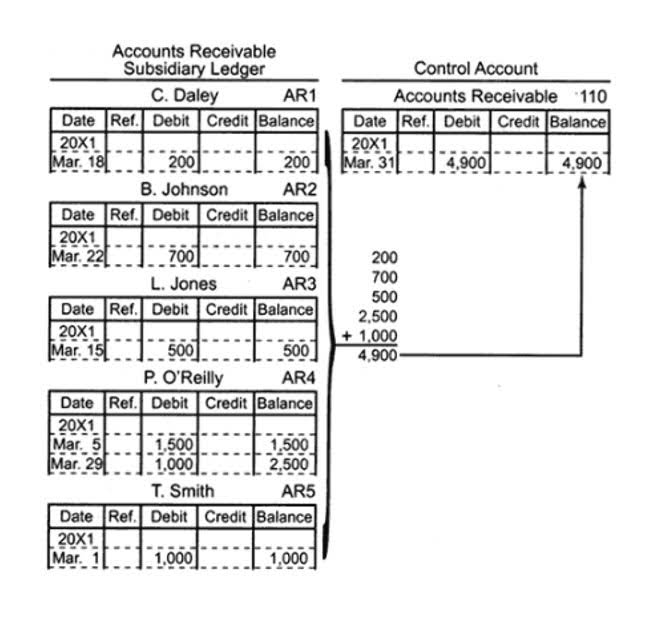
When it comes to short-term liquidity measures, current liabilities get used as key components. Here are a few metrics and key ratios that potential investors and management teams look at to perform a financial analysis. One of the simplest ways to think about liabilities is that they’re a kind of third-party funding.
What is a Contingent Liability?
On the other hand, on-time payment of the company’s payables is important as well. Both the current and quick ratios help with the analysis of a company’s financial solvency and management of its current liabilities. Current assets represent all the assets of a company that are expected to be conveniently sold, consumed, used, or exhausted through standard business operations within one year.
- Our AI-powered Anomaly Management Modulehelps accounting professionals identify and rectify potential ‘Errors and Omissions’ on a daily basis so that precious resources are not wasted during month close.
- Current Liabilities – Obligations which are payable within 12 months or within the operating cycle of a business are known as current liabilities.
- A liability is an obligation of the business to repay the money or deliver goods or assets in return for value already received.
- We may earn a commission when you click on a link or make a purchase through the links on our site.
- Here is a list of some of the most common examples of contingent liabilities.
- A provision is a liability or reduction in the value of an asset that an entity elects to recognize now, before it has exact information about the amount involved.
What is an Example of a Liability?

Accurately accounting for pension obligations can be complex and may require actuarial valuations to determine the present value of future obligations. Liabilities are best described as debts that don’t directly generate revenue, though they share a close relationship. The money borrowed and the interest payable on the loan are liabilities. If the business spends that money to acquire equipment, for example, the purchases are assets, even though you used the loan to purchase the assets. Assets have a market value that can increase and decrease but that value does not impact the loan amount.
Everything You Need To Master Financial Modeling
Here is a list of some of the most common examples of contingent liabilities. Here is a list of some of the most common examples of current liabilities. And if you have more debt, then you’re going to have higher liabilities. Making sure that you’re paying off your debts regularly will help reduce your overall business liabilities.
Types of Liabilities
On a balance sheet, liabilities are listed according to the time when the obligation is due. A liability is anything you owe to another individual or an entity such as a lender or tax authority. The term can also refer to a legal obligation or an action you’re obligated to take. Let’s look at a historical example using AT&T’s (T) 2020 balance sheet. The current/short-term liabilities are separated from long-term/non-current liabilities. Get granular visibility into your accounting process to take full control all the way from transaction recording to financial reporting.
What is a Liability Account? – Definition
Deferred revenue indicates a company’s responsibility to deliver value to its customers in the future and helps provide a clearer picture of the company’s long-term financial obligations. If one of the conditions is not satisfied, a company does not report a contingent liability on the balance sheet. However, it should disclose this item in a footnote on the financial statements. AT&T clearly defines its bank debt that’s maturing in less than one year under current liabilities. This is often used as operating capital for day-to-day operations by a company of this size rather than funding larger items which would be better suited using long-term debt. Any liability that’s not near-term falls under non-current liabilities that are expected to be paid in 12 months or more.
- Current liabilities are those that a company must pay within one year.
- Additionally, income taxes payable are classified as a current liability.
- Small businesses that aren’t required to comply with the US GAAP may opt not to consider contingencies in financial reporting.
- However, if the number is too high, it could mean the company is not leveraging its assets as well as it otherwise could be.
- Read on to learn more about the importance of liabilities, the different types, and their placement on your balance sheet.
- High levels of debt can lead to increased interest expenses, impacting profitability and potentially leading to insolvency.
- Keep up with Michelle’s CPA career — and ultramarathoning endeavors — on LinkedIn.
For liabilities to exist, an event or transaction must already have occurred. To recognize a liability, a firm does not need to know the actual recipient of the assets that are to be transferred, or for whom the services are to be performed. what are liabilities in accounting For example, a company will incur and report a liability that arises when cash is borrowed from an owner. It allows users to extract and ingest data automatically, and use formulas on the data to process and transform it.
Liability may also refer to the legal liability of a business or individual. Many businesses take out liability insurance in case a customer or employee sues them for negligence. The articles and research support materials available on this site are educational and are not intended to be investment or tax advice. All such information is provided solely for convenience purposes only and all users thereof should be guided accordingly. The answer to the third and final question—regarding when the amount is to be paid—enables the statement user to assess separately the short-run and long-run solvency of the company.
What Are Examples of Liabilities That Individuals or Households Have?

The comparison of the two is crucial in analyzing a firm’s net worth & general financial health as it shows its potential to meet obligations & earn future returns. Understanding liabilities is critical, whether you’re a seasoned entrepreneur, a new investor, or just starting out in financial literacy. In this blog, we will fully grasp this essential accounting concept. We will look at what liabilities are, their categories and examples, and compare them to assets and expenses. As you continue to grow and expand your business, you’re likely going to take on more debt as you go.
Unlike assets, which you own, and expenses, which generate revenue, liabilities are anything your business owes that has not yet been paid in cash. The most common liabilities are usually the largest such as accounts payable and bonds payable. Most companies will have these two-line items on their balance sheets because they’re part of ongoing current and long-term operations. While liabilities & expenses are used in similar contexts, they are distinct accounting terms, & each plays a distinct role. Liabilities are future financial obligations for which a company is accountable, while expenses are accounting records of money spent during a specific period to earn revenue. In its most basic sense, a liability is a requirement that must be fulfilled.
Deixe um comentário